How To Do a 7-Card Tarot Reading: Super Accurate Horseshoe Tarot Spread
If you’ve been reading tarot cards for some time now, you probably have a favorite spread you use. If you haven’t explored it yet, a 7-card tarot reading is one of the most popular basic spreads. This kind of layout can work well for simple, open-ended questions.
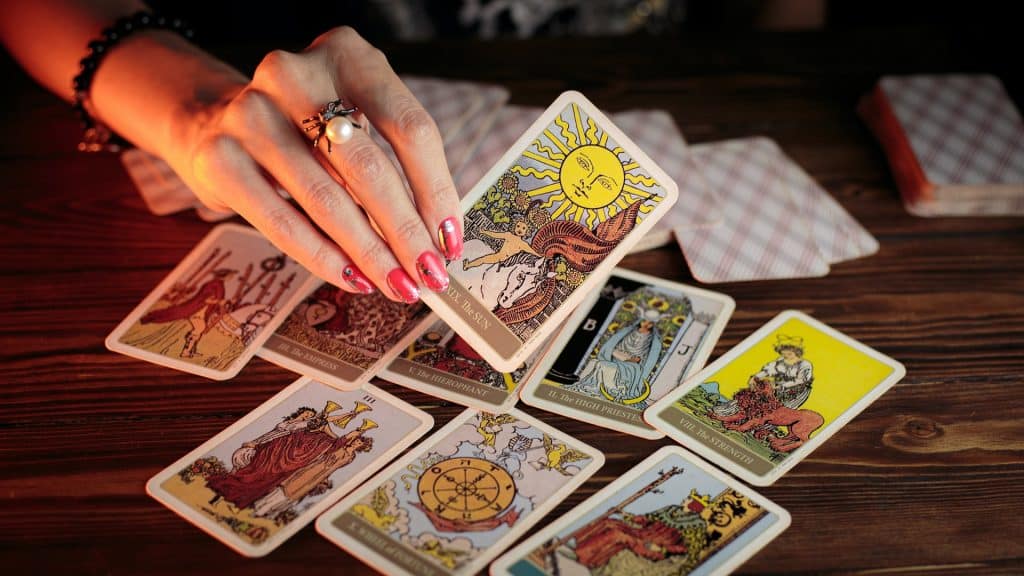
Usually, 7-card tarot readings are laid out in the shape of a horseshoe. Some readers spread their cards out with the open end up or the open end down. Depending on what you and your Querent are comfortable with, you can use either method. The Querent, of course, refers to the person you’re reading for.
What makes this type of spread appealing to me — and many other people — is that each card is positioned in a way that breaks the problem down into different aspects. This way, you can gain a lot of valuable insight that can help your Querent gain clarity.
Without further ado, here’s how to do a 7-card tarot reading:
Table of Contents
Prepare for the Reading
There are many ways to prepare for a tarot reading whichever spread you use. The important thing is to cleanse your deck and brush up on the basics of tarot. If you only partially know the meanings, then this will just result in a partial reading. This might not effectively help your Querent, or yourself if you’re doing a personal reading.
As part of your preparation, also decide whether you’ll be doing “reversals” in your reading. Most beginners tend to interpret the cards the same way even if they come out reversed. If you decide to do reversals, be consistent about them. Don’t just interpret the cards in reverse when it suits you.
Shuffle the Deck
When you’re reading for a Querent, let them shuffle the deck, so it can pick up on their energy. If you sense negative energy from the Querent, don’t forget to cleanse your deck after the reading. Otherwise, you can shuffle the deck yourself and just let the Querent cut the deck into three piles after.
While shuffling or cutting the deck, the Querent should silently ask the question the reading will focus on.
Draw the Cards and Lay Them Out
As mentioned, the 7-card tarot spread is usually laid out in a horseshoe. Readers may assign different meanings to each card. Generally, these are what each card represents in the order they are drawn:
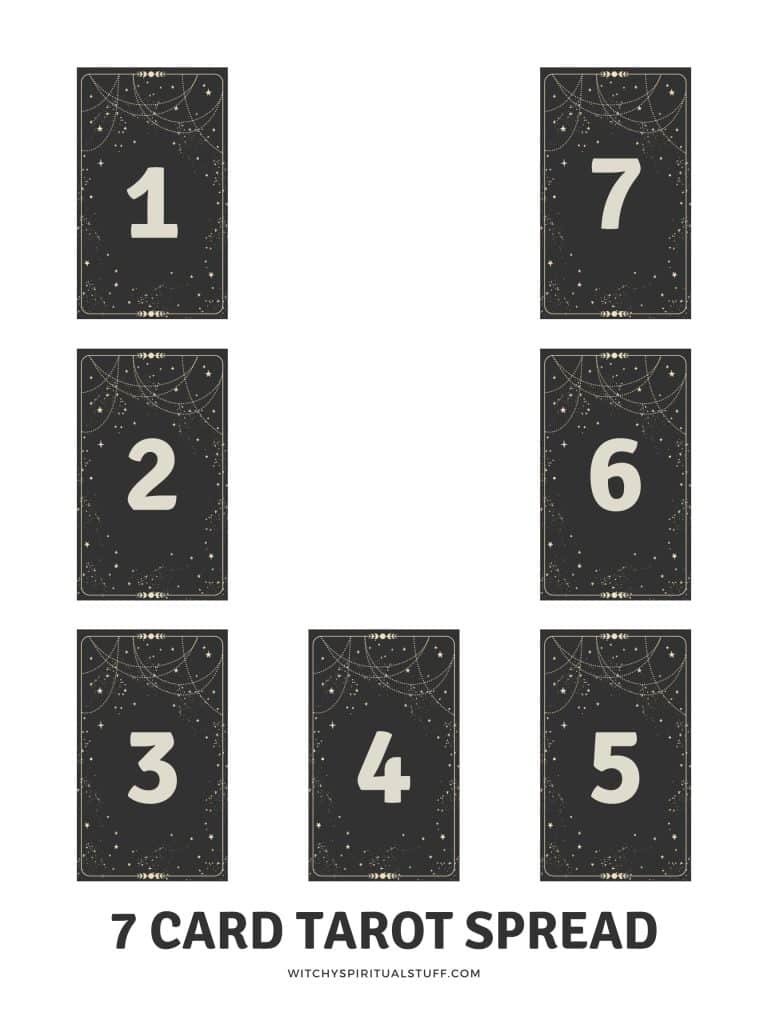
Card 1: The Past
This card is pretty self-explanatory; it represents past events that have led up to or are impacting the current situation or question.
Card 2: The Present
This is also another card that’s self-explanatory; it represents present events that are surrounding the issue. This may also indicate a person who may have an impact on the question at hand.
Card 3: Internal Influences
This card often symbolizes the unseen. What is “unseen” here may refer to problems, conflicts or “what ifs” that are not yet identified. It can also represent things that may have been overlooked regarding the situation.
In some readings, the third card can also be interpreted as a representation of the immediate future.
Card 4: The Querent
The fourth card, which lies at the center of the spread, represents the Querent. This can symbolize their attitude about the question they have or the situation they’re in.
In some readings, the fourth card is the first one that is turned over. This can give you an idea of whether the Querent has a positive or negative feeling about their concern.
Card 5: External Influences
The fifth card represents influences that surround the situation. This can refer to either people or events. This may also indicate how the Querent receives or reacts to these external influences. Are they letting negative people or events hold them back? Or are they willing to accept help from others?
Card 6: Possible Actions
The sixth card in this spread represents what kind of action the Querent should take. Depending on what is drawn, this can also mean that the Querent should not take any action at all.
Card 7: The Final Resolution
The seventh and last card indicates what the final resolution to the problem will be. Interpreting this card takes into account all the previous cards that have been drawn. This is important in trying to glean the answer that the spread is trying to impart.
Other readings may also interpret this card as the likely outcome of the situation.
In Conclusion: You Still Hold Your Future
Learning how to do a 7-card tarot reading can be fun for beginners and insightful for intermediate readers. It’s one way to find answers to a burning question you or your Querent might have.
Remember to keep the question simple as this is still a basic tarot spread. As in all tarot readings, it’s crucial to know the basics of tarot before you begin. This way, you can properly interpret the cards and perceive their intended meaning.
As always, you have to keep in mind that tarot readings don’t predict the future.
They only act as a guide that can point you towards the right direction. In the case of a 7-card tarot reading, it’s meant to enlighten you about your question or concern, then present what actions you can take or what outcome can happen.
You still have a hold on your future and can change what can happen depending on what you decide.
Have you tried doing a 7-card tarot reading? Did it help you with the situation you’re in? Tell me all about it!

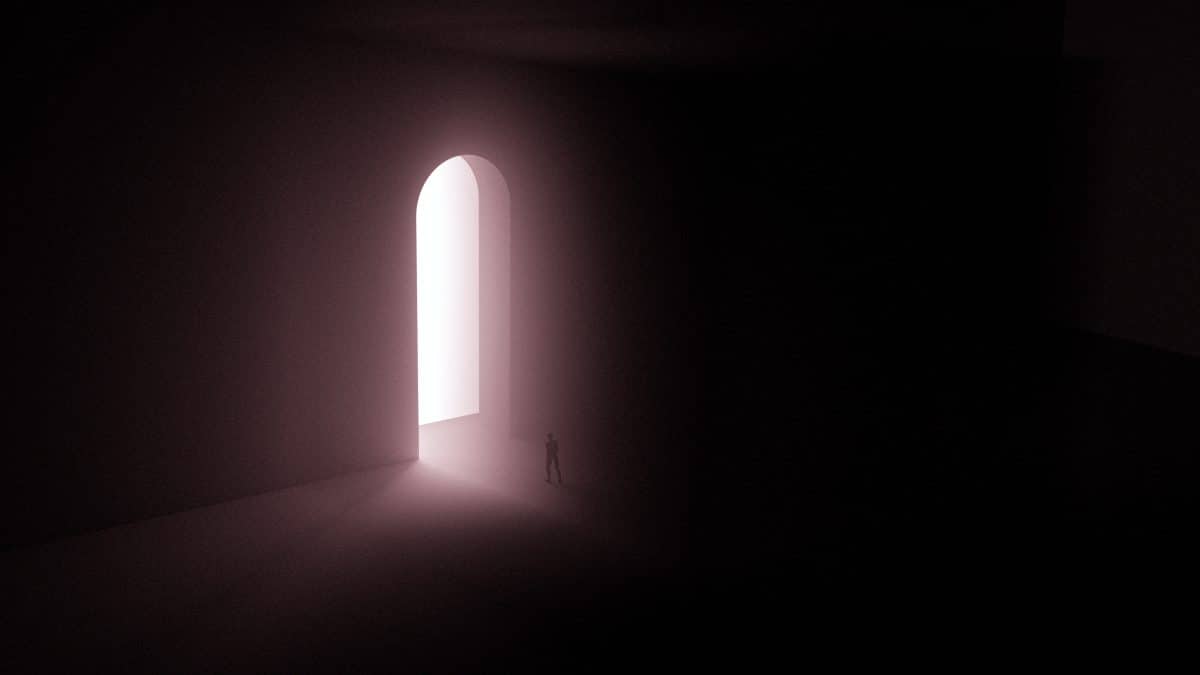
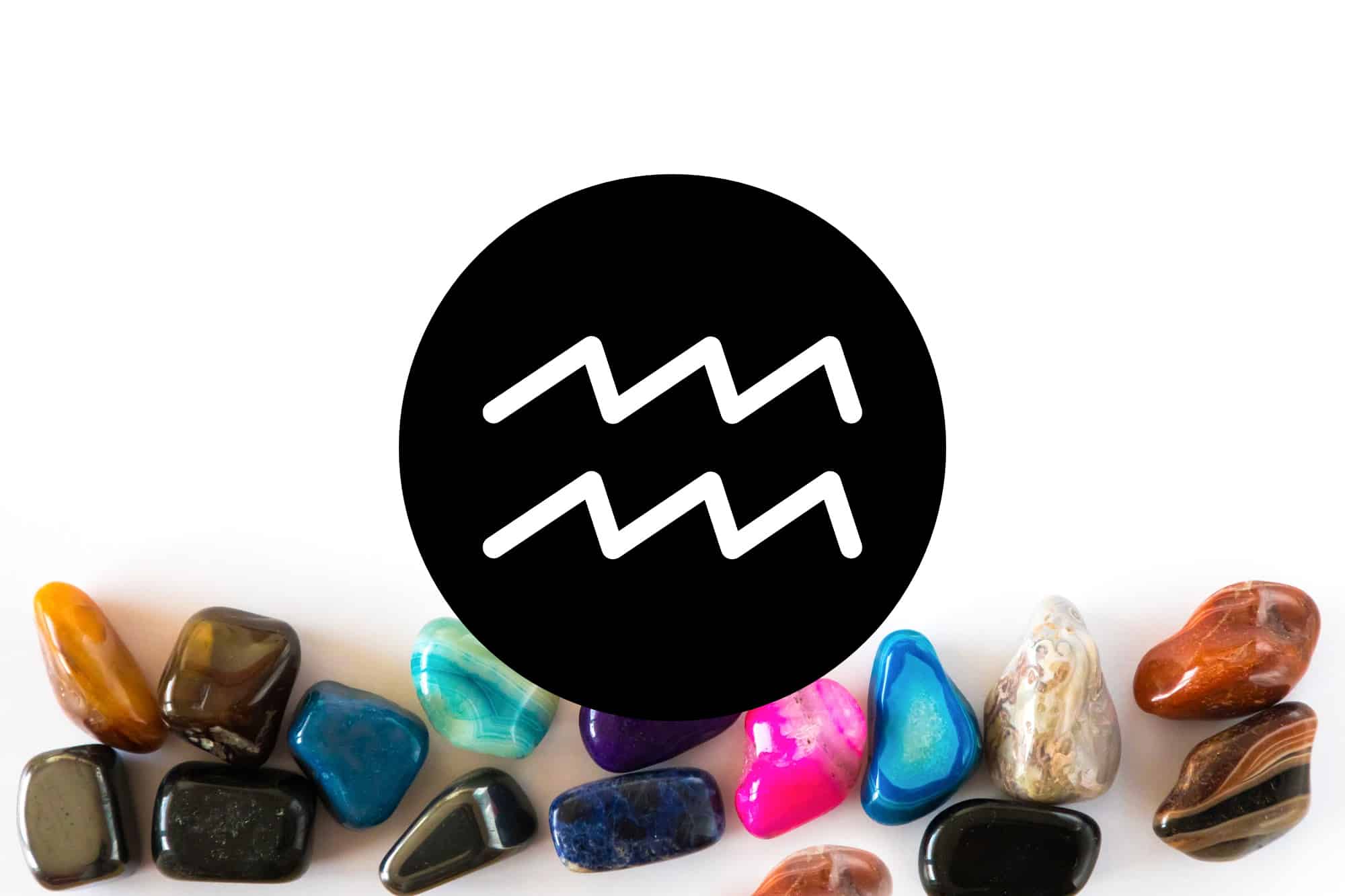


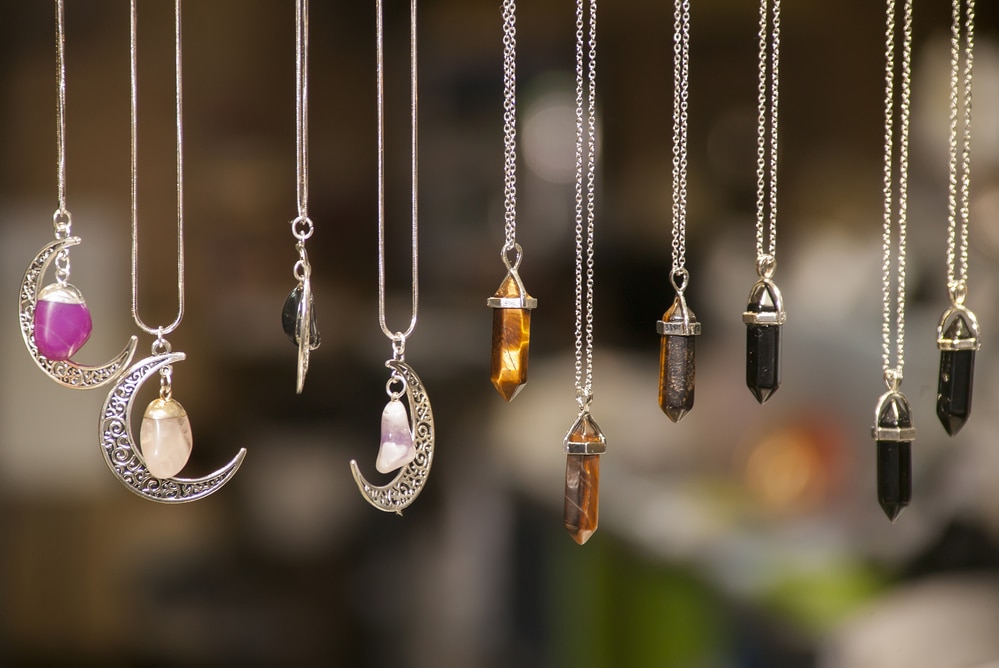

My question is this? Is my ex- boyfriend Thomas going to come
back to me and how soon and when will this happen. And is he still in love with me I miss him and I still love him very much does he love and miss me to and how much does he love